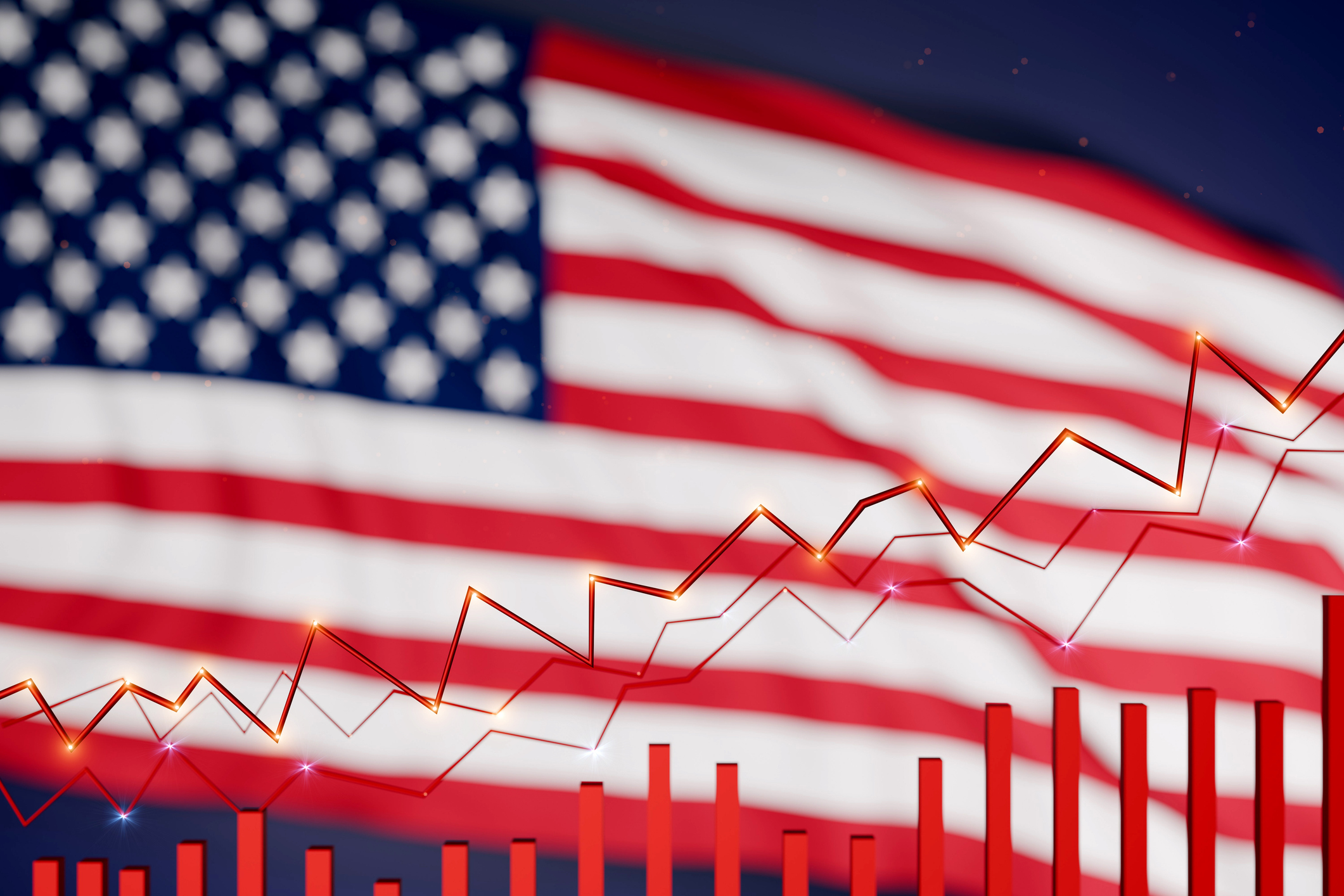Gold price set to end 2025 at record highs
The price of gold hit a new all-time high late in December, suggesting a strong finish to an outstanding year for the yellow metal


The price of gold hit a new all-time high on 22 December, after a standout year for precious metals.
Gold prices rose to $4,420 on the morning of 22 December, surpassing the $4,381 they hit on 20 October.
The gold investing surge made the yellow metal one of 2025’s best-performing assets. The exceptional rally saw gold prices rise 67% between the start of the year and 20 October, when gold hit its previous all-time high of $4,381.60.
MoneyWeek
Subscribe to MoneyWeek today and get your first six magazine issues absolutely FREE

Sign up to Money Morning
Don't miss the latest investment and personal finances news, market analysis, plus money-saving tips with our free twice-daily newsletter
Don't miss the latest investment and personal finances news, market analysis, plus money-saving tips with our free twice-daily newsletter
The yellow metal then endured a steep selloff that saw the price of gold tumble 10% over the next nine days, falling below the $4,000 threshold in the process.
That seemed to have marked the end of the gold rally, but prices have since rebounded to above their October highs.
It leaves the price of gold up nearly 70% through 2025 so far.
“There’s no denying that 2025 has been a record year for gold,” said Rick Kanda, managing director at The Gold Bullion Company. “It’s been the best year since the 1970s, with minor dips, but still reaching colossal new highs and breaking records that none of us expected.”
Could gold pass $5,000 in 2026?
Analysts believe another major milestone could be in sight for gold prices next year.
Michael Hsueh, research analyst at Deutsche Bank, now thinks gold prices could approach $5,000 during 2026.
Hsueh anticipates gold prices to end next year around $4,450, up from their previous target of $4,000, but that the price range through the year will be between $3,950-$4,950.
That suggests gold could come close to breaking through the $5,000 threshold at some point during the year.
Deutsche Bank analysts have set a 2027 gold price forecast of $5,150.
The outlook for gold prices
Gold is expected to continue to benefit from several tailwinds in the near future, including continued demand from central banks and exchange-traded funds (ETFs), as well as the further erosion of the purchasing power of the dollar.
“There has been very strong performance from gold and other precious metals so far this year,” said Paul Syms, EMEA ETF head of fixed income and commodities product management at Invesco.
That performance has largely been driven by central bank purchasing, which has driven demand even as gold supply has been limited.
“I don’t see that demand from central banks necessarily going away anytime soon,” said Syms.
On the chances of gold reaching $5,000 in 2026, Kanda said: “I fully expect that this could be the case.”
As well as inflation and continued central bank demand, Kanda said “rising geopolitical tensions between countries across the globe will continue to drive investors to seek safe-haven assets like gold”.
How to gain exposure to gold prices
According to Syms, gold has an important role to play in investor portfolios beyond mere price speculation.
“It's been a diversifier,” said Syms. “Overall, gold has tended to have low correlations with both equities and bonds. And it can also act as the inflation hedge.”
If you are considering where to invest for 2026 and want to add some gold exposure, there are three main approaches.
The first one is investing in the metal itself through a financial contract, such as an ETF or exchange-traded commodity (ETC).
Investments into these kinds of products are another factor helping to support gold prices this year.
“European investors are getting involved, having added over $6.5 billion to gold ETCs this year alone, reversing the outflows of 2024,” says Tom Bailey, head of research at HANetf.
See our article on the best gold ETFs for more information.
You can also get indirect exposure by investing in the miners that dig gold out of the ground. This can be done by investing directly in their shares, or by buying a gold fund or investment trust.
While gold miners don’t always rise with the gold price, as other company-specific factors are at play, they have “stolen the show so far” this year, says Bailey.
“Whereas physical gold outperformed miners by a wide margin in 2024, this year gold miners have produced a return almost three times higher,” Bailey adds.
Lastly, you can buy physical gold bars or gold coins.
In terms of how much gold to hold in a portfolio, Tom Stevenson, investment director at Fidelity International, suggests around 5-10% is a good amount – which is about the same as you might hold in cash.
“The two offer insurance and dry powder to complement the growth and stability of the shares and bonds that make up the bulk of a balanced portfolio,” he comments.
Get the latest financial news, insights and expert analysis from our award-winning MoneyWeek team, to help you understand what really matters when it comes to your finances.

Dan is a financial journalist who, prior to joining MoneyWeek, spent five years writing for OPTO, an investment magazine focused on growth and technology stocks, ETFs and thematic investing.
Before becoming a writer, Dan spent six years working in talent acquisition in the tech sector, including for credit scoring start-up ClearScore where he first developed an interest in personal finance.
Dan studied Social Anthropology and Management at Sidney Sussex College and the Judge Business School, Cambridge University. Outside finance, he also enjoys travel writing, and has edited two published travel books.
-
 Household savings ratio drops – are you setting enough aside for 2026?
Household savings ratio drops – are you setting enough aside for 2026?High inflation has pushed the savings ratio down again and the figure could dip further next year
-
 US stocks: opt for resilience, growth and value
US stocks: opt for resilience, growth and valueOpinion Julian Wheeler, partner and US equity specialist, Shard Capital, highlights three US stocks where he would put his money